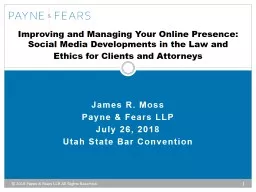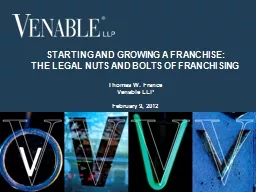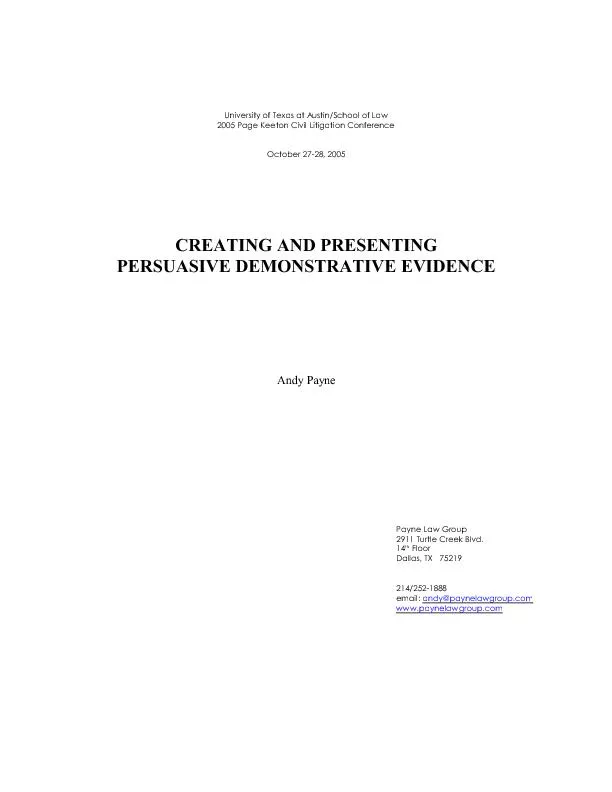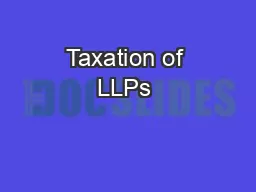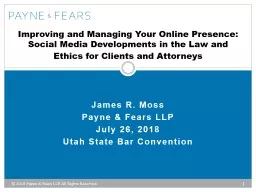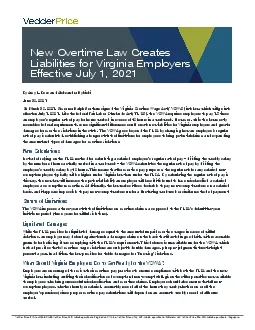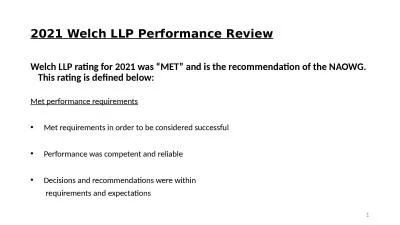PPT-James R. Moss Payne & Fears LLP
Author : stefany-barnette | Published Date : 2019-11-23
James R Moss Payne amp Fears LLP July 26 2018 Utah State Bar Convention Improving and Managing Your Online Presence Social Media Developments in the Law and Ethics
Presentation Embed Code
Download Presentation
Download Presentation The PPT/PDF document "James R. Moss Payne & Fears LLP" is the property of its rightful owner. Permission is granted to download and print the materials on this website for personal, non-commercial use only, and to display it on your personal computer provided you do not modify the materials and that you retain all copyright notices contained in the materials. By downloading content from our website, you accept the terms of this agreement.
James R. Moss Payne & Fears LLP: Transcript
Download Rules Of Document
"James R. Moss Payne & Fears LLP"The content belongs to its owner. You may download and print it for personal use, without modification, and keep all copyright notices. By downloading, you agree to these terms.
Related Documents

